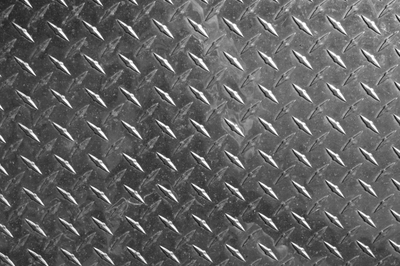Difference between revisions of "Thermal Conductivity"
| Line 31: | Line 31: | ||
|[[File:BrickRed.png|center|200px]] | |[[File:BrickRed.png|center|200px]] | ||
|} | |} | ||
| + | |||
| + | ===Note to Teachers=== | ||
| + | In science, heat is not generally considered a noun. It is a verb. Heat is something you do to an object. It is best practice to avoid making statements like 'heat passes through a material quickly' because heat is not a physical entity, but an action or process. | ||
| + | A thermal conductor allows thermal energy to pass through it easily. A thermal conductor can be heated quickly. | ||
Revision as of 13:27, 30 August 2018
Contents
Key Stage 2
Meaning
Thermal Conductivity is how quickly a material can be heated or cooled.
About Electrical Conductivity
- If a material can change temperature quickly it is a thermal conductor.
- If a material changes temperature slowly it is a thermal insulator.
Examples
| Metals |
| All metals make good thermal conductors. |
| Plastic | Rubber | Air | Brick |
Note to Teachers
In science, heat is not generally considered a noun. It is a verb. Heat is something you do to an object. It is best practice to avoid making statements like 'heat passes through a material quickly' because heat is not a physical entity, but an action or process. A thermal conductor allows thermal energy to pass through it easily. A thermal conductor can be heated quickly.




